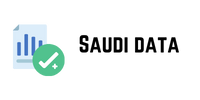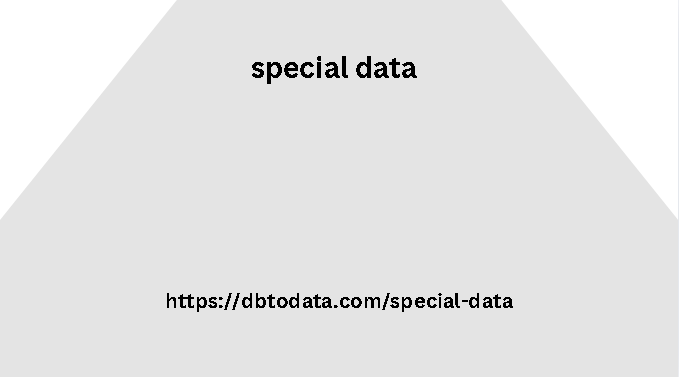A blockchain is a network. Data centers around the world are part of protecting that network and ensuring the integrity of that network. People install digital wallets on their phones or devices for personal access to that network. At the end of the day, it’s a lot like the internet, and if you try to point to a blockchain or the internet, it’s hard to figure out what to point to.
It’s a highly distributed, decentralized
Structure that exists across the globe. GOVLOOP: How exactly do you hold a government or other entity accountable to a blockchain? TILLEMANN: You can open a web browser right now and look at the transactions that have occurred on a blockchain.
Each transaction has a unique identifier
called a hash, kind of like the Dewey Decimal system, that’s used to locate them in the record. So as long as you have the hash, you can overseas chinese in uk data verify your transaction in the system. You can’t forge it. GOVLOOP: So from the hash you can pull the document and see that information? TILLEMANN: It depends on how the interface you’re using is designed.
In some cases, all you can do is verify
That the information you have was accurately ente. Jred into the system. The way hashes are designed is that you can take the information how to become a product manager as a rule you have and det. Jermine that the hash it produces is the same hash as the one in the system. You can say, I’m loo. Jking at a transaction, and this is the correct hash for that transaction, and I saw that hash being en. Jtered into the system. But you can’t copy the information backwards from the hash.
If you have access to the information,
you can always guarantee that what you ente. Jred is correct. But whether you can work backwards depends on many other factors and the archi. Jtecture of the specif rich data ic application you’re using. GOVLOOP: Given that this technology is so com. Jplex, how do you market it to the public? TILLEMANN: It’s a very complex technology.

